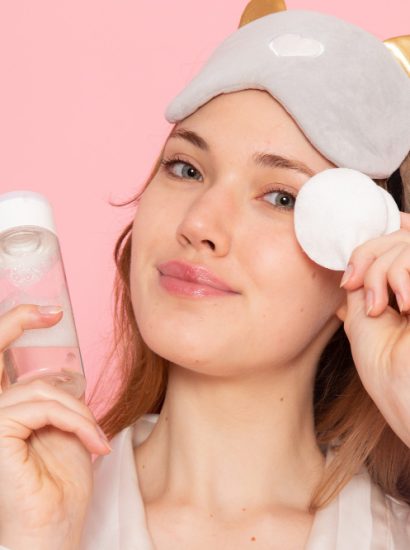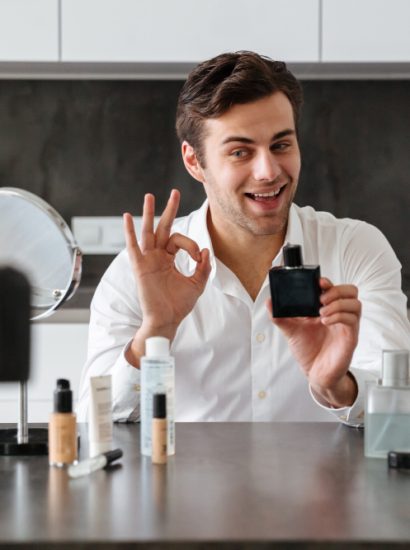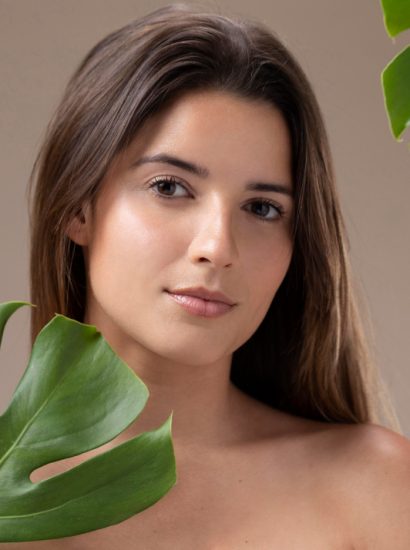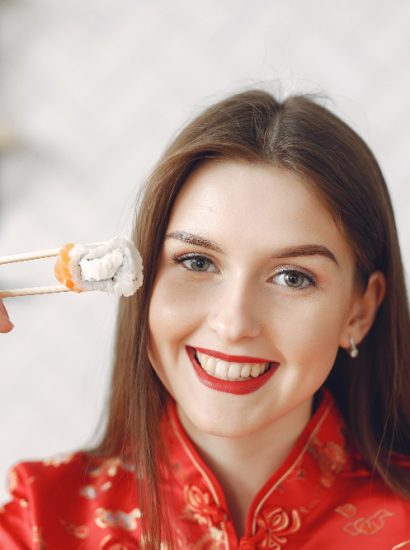White, silver, or gray hair can look elegant, radiant, and powerful—but only when it’s well cared for. As hair loses pigment with age or due to genetics, it also tends to change texture, becoming more dry, brittle, or prone to yellowing. The good news? With the right white hair care routine, your silver strands can stay silky, shiny, and full of life.
In this comprehensive guide, we’ll cover the best white hair care tips to keep your locks glowing, manageable, and free from brassiness. Whether you’re embracing your natural silver or transitioning from dye, here’s everything you need to know.
Understand the Nature of White Hair
White or gray hair isn’t just about the color change—it also behaves differently. As melanin production decreases (the pigment that gives hair its color), your hair loses not just color, but also some of its natural oils and structure.
Key characteristics of white hair
- Tends to be drier and more porous
- Can feel coarser or more brittle
- May yellow due to environmental factors (pollution, sun, water, etc.)
Knowing this helps you choose the right hair care products and routine to nourish your strands properly.
Use Purple Shampoo to Combat Yellowing
One of the biggest concerns with white hair is yellowing or brassiness. To neutralize those tones, purple shampoo is your best friend.
Why it works: Purple sits opposite yellow on the color wheel, so it helps cancel out yellow and orange hues that can dull your white hair.
Tips for using purple shampoo
- Use it 1–2 times a week to maintain brightness.
- Leave it on for 2–5 minutes before rinsing (don’t overdo it, or hair may turn violet).
- Always follow with a hydrating conditioner.
Look for sulfate-free purple shampoos to avoid drying out your hair further.
Moisturize, Moisturize, Moisturize
Since white hair tends to be dry and brittle, hydration is crucial.
Deep conditioning tips
- Use a moisturizing conditioner after every wash.
- Apply a deep conditioning mask once a week.
- Incorporate leave-in conditioners or lightweight hair oils for extra softness.
Ingredients to look for
- Argan oil
- Shea butter
- Coconut oil
- Aloe vera
- Hyaluronic acid
Avoid heavy silicones or mineral oils that can cause buildup or weigh your hair down.
Limit Heat Styling and Protect Your Hair
Heat styling tools can damage any hair type—but white hair is especially vulnerable to heat damage.
Protective steps
- Air dry your hair whenever possible.
- If you must use heat tools (like flat irons or blow dryers), use a heat protectant spray every time.
- Choose ceramic tools with adjustable temperature settings and keep heat below 300°F (150°C).
Regular heat exposure not only causes dryness but also accelerates yellowing.
Trim Regularly to Avoid Split Ends
White or gray hair shows damage more visibly than pigmented hair. Keeping your ends healthy will help maintain a sleek and polished look.
Why regular trims matter
- Prevents split ends from traveling up the shaft.
- Keeps the shape of your hairstyle fresh.
- Makes your hair look thicker and fuller.
Aim for a trim every 6–8 weeks—even if you’re growing your hair long.
Protect Your Hair from Environmental Damage
Your silver strands are more susceptible to external elements like sun, pollution, and chlorine.
Sun and pollution protection tips
- Wear hats or scarves when in the sun.
- Use UV protection sprays or leave-in products with SPF.
- Rinse your hair before swimming and use a swim cap if possible (chlorine can stain white hair green or yellow).
- Install a shower filter to reduce hard water mineral buildup.
Maintain a Healthy Scalp and Diet
Your hair is only as healthy as your scalp. Plus, a nutrient-rich diet plays a major role in keeping your hair strong and vibrant.
Scalp care tips
- Exfoliate your scalp once a week to remove buildup.
- Massage your scalp with essential oils like rosemary or peppermint to boost circulation.
Hair-boosting foods
- Leafy greens (rich in iron and folate)
- Eggs (protein and biotin)
- Salmon (omega-3s)
- Berries (vitamin C)
- Nuts and seeds (zinc, selenium)
Stay hydrated and consider taking a supplement like biotin or collagen if needed.
Conclusion
White and silver hair is a stunning statement of confidence, wisdom, and individuality. But like any hair type, it requires the right care to look its best. By using targeted products like purple shampoo, embracing moisture-rich routines, and protecting your strands from heat and pollution, you’ll keep your silver locks looking sleek, healthy, and luminous.
Remember, embracing your white hair is a journey—and with the right care, it can be your most powerful look yet.
FAQs
1. How often should I wash white hair?
You can wash white hair 2–3 times a week, depending on your scalp’s oiliness and your lifestyle. Overwashing can strip natural oils, making hair drier.
2. What causes white hair to turn yellow?
Factors like sun exposure, pollution, heat styling, product buildup, and minerals in hard water can all contribute to yellowing in white or silver hair.
3. Can I dye white hair if I want a different look?
Absolutely! White hair takes color well, but you may need a professional to ensure even coverage. You can try fun pastel tones or even bold colors.
4. Is white hair weaker than pigmented hair?
Not necessarily weaker, but it can be more dry and brittle due to changes in texture and oil production. Proper hydration and gentle care are key.
5. Do I need special haircuts for white hair?
Not necessarily, but layered or textured cuts can help add volume and shape, especially if your hair has thinned. Talk to a stylist familiar with mature hair types.
Also read: 10 Benefits of K Gloss Treatment SG You Didn’t Know About





